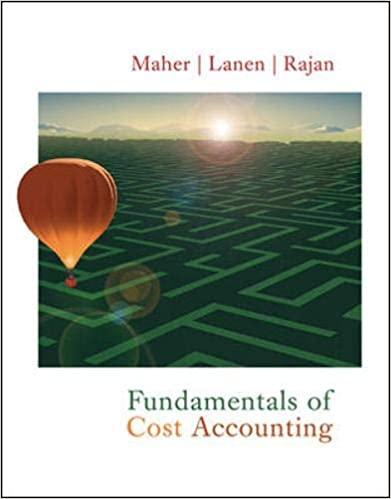Question
Problem 2 (35): You are doing a test on disease diagnosis. If the patient has the disease, then he/she is classified as positive. Let class
Problem 2 (35): You are doing a test on disease diagnosis. If the patient has the disease, then he/she is classified as positive. Let class 1 be the actual negative cases with a uniform pdf on the interval [0, 1]. Let class 2 be the actual positive case with a uniform pdf on the interval [0.95, 3.95]. (1) (5) Plot the pdfs on the same figure. (2) (15) Suppose equal prior probability. Given a decision boundary of 0.97, a. What is the probability for false-negative? That is, the patient actually has the disease but the classifier says the patience is healthy. b. What is the probability for false-positive? That is, the patient is healthy but our classifier says otherwise. Note that the loss for false-negative should be much higher than that for false-positive. (3) (15) Is 0.97 the optimal decision boundary in Baysian sense? If not, what is the optimal decision boundary that minimizes the overall probability of error? How to adjust the prior probabilities to further reduce the overall probability of error?
Step by Step Solution
There are 3 Steps involved in it
Step: 1

Get Instant Access to Expert-Tailored Solutions
See step-by-step solutions with expert insights and AI powered tools for academic success
Step: 2

Step: 3

Ace Your Homework with AI
Get the answers you need in no time with our AI-driven, step-by-step assistance
Get Started


